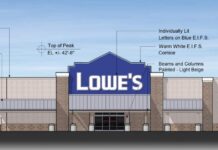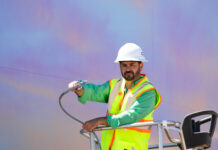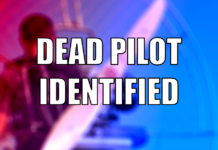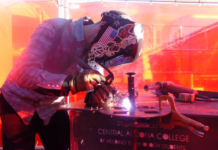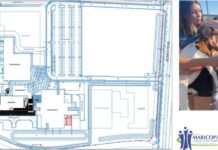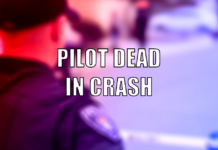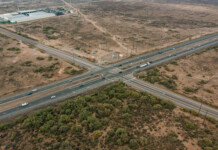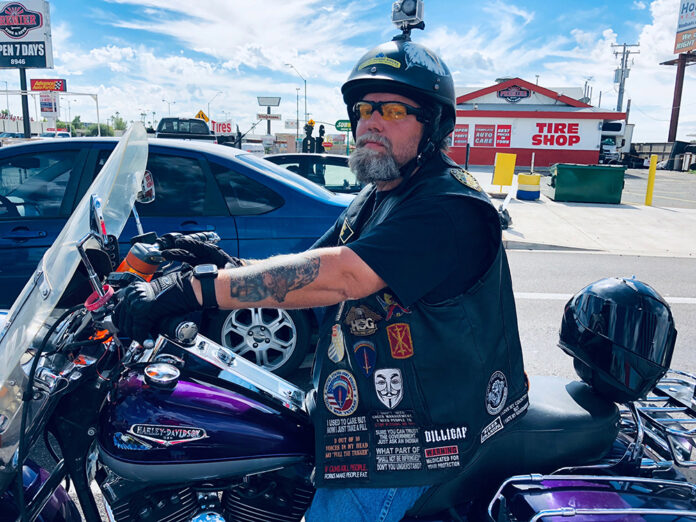
Veteran Service Organizations provide a unique opportunity to serve the community and share the bond of military service to the nation. But VSOs, including the American Legion and Veterans of Foreign Wars, have struggled for years to attract younger veterans to sustain their missions into the future.
“They don’t realize how much the organizations can help them, the support they can get.”
John Anderson, 54, is a District 11 American Legion Rider representative and peer crisis counselor. The service officer at American Legion Post 133 in Maricopa from 2016 to 2019, he connected vets with medical and mental health care and other services and helping them cut through red tape.
An over-the-road truck driver, Anderson said his phone is always on to take calls from veterans who need help in the region, including Maricopa. The Army veteran has set up a website – azpos.com – to highlight the assistance provided by service officers and to help connect interested individuals with service officer training.
He believes VSOs can do more to put themselves in front of younger veterans to encourage membership and participation.
“Attracting young veterans to the veteran service organizations is a national problem, as well as a local problem,” he said, noting he works with four main groups of veterans, and three of them present challenges.
The pre-9/11 veterans, said Anderson, putting himself in that group, are “debilitated and busted-up,” but easier to reach because they really need the help. They are the mainstay of membership but advancing in age.
Post-9/11 veterans, who face a different set of issues from the older generation, including the burn pit registry, are tougher to attract, he said. Most are still raising families, working jobs and have other responsibilities in the community.
Women veterans don’t tend to join veteran service organizations because they don’t feel their specific health issues are heeded and addressed, according to Anderson.
And veterans in the LGBTQ community are difficult to reach because of the stigma. “Some of the people (working to help veterans) don’t want to deal with them, he said, calling out the bias. “My view is, who cares? They are veterans.”
He sees the Rider chapters – groups of veterans who ride motorcycles – affiliated with the local American Legion and VFW posts as an essential link to younger veterans.
“A lot of younger people ride motorcycles” Anderson said. “The Rider chapter is the face of your post.”
Out in the community, they are seen riding their bikes, wearing their vests and performing service projects.
“Rider chapters have the ability to strike a chord with younger veterans,” he said. “That is a way to grow both the American Legion and VFW.”
Importantly, many younger vets don’t understand all that VSOs can do for them.
“They don’t realize how much the organizations can help them, the support they can get, the power of the VSOs to help them,” he said.
Many younger vets who feel they have lost the feeling of brotherhood are missing out on the sense of camaraderie.
“But if they joined a VSO, they will get that back,” Anderson said.
This story appears in the November issue of InMaricopa magazine.

